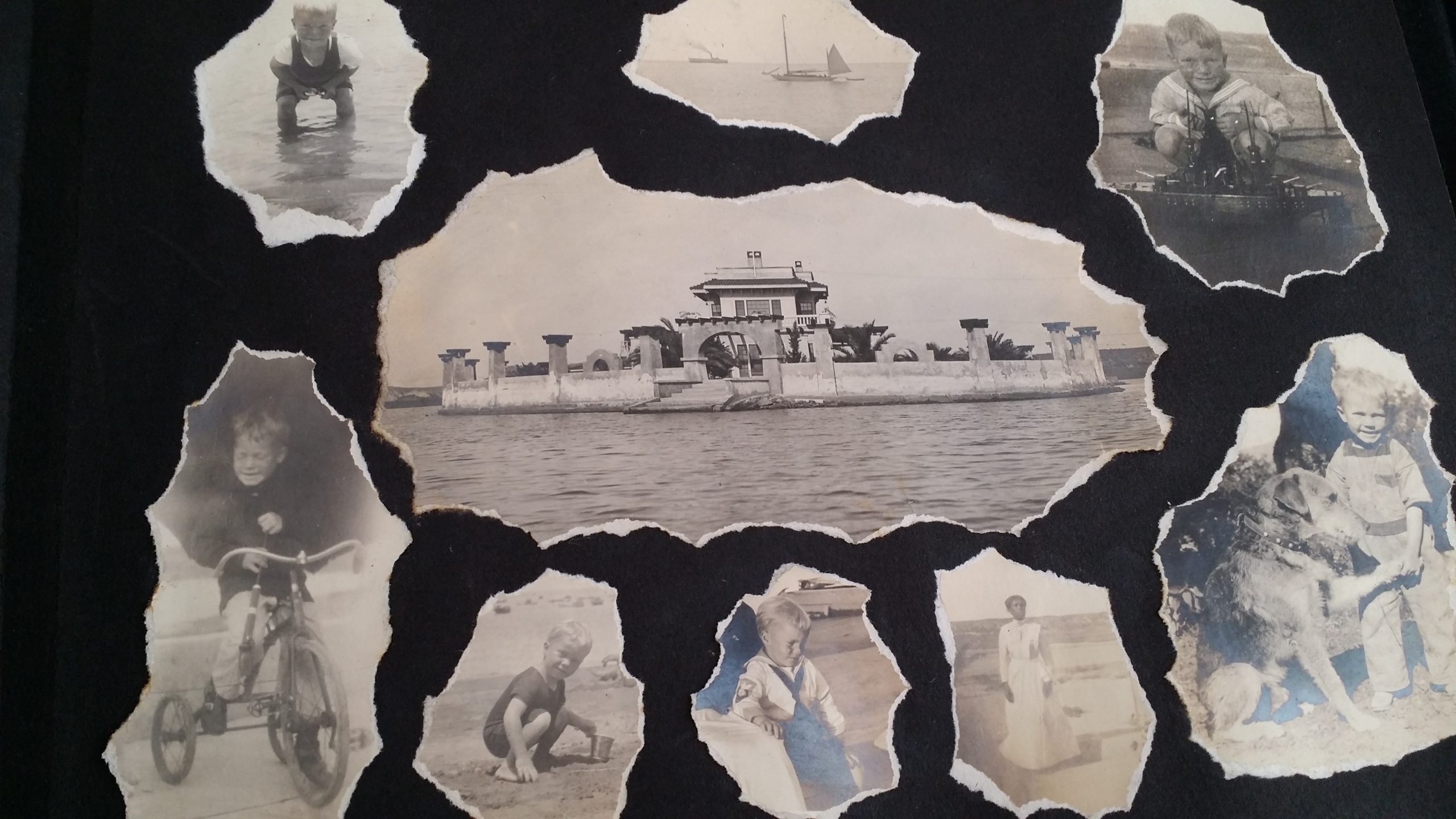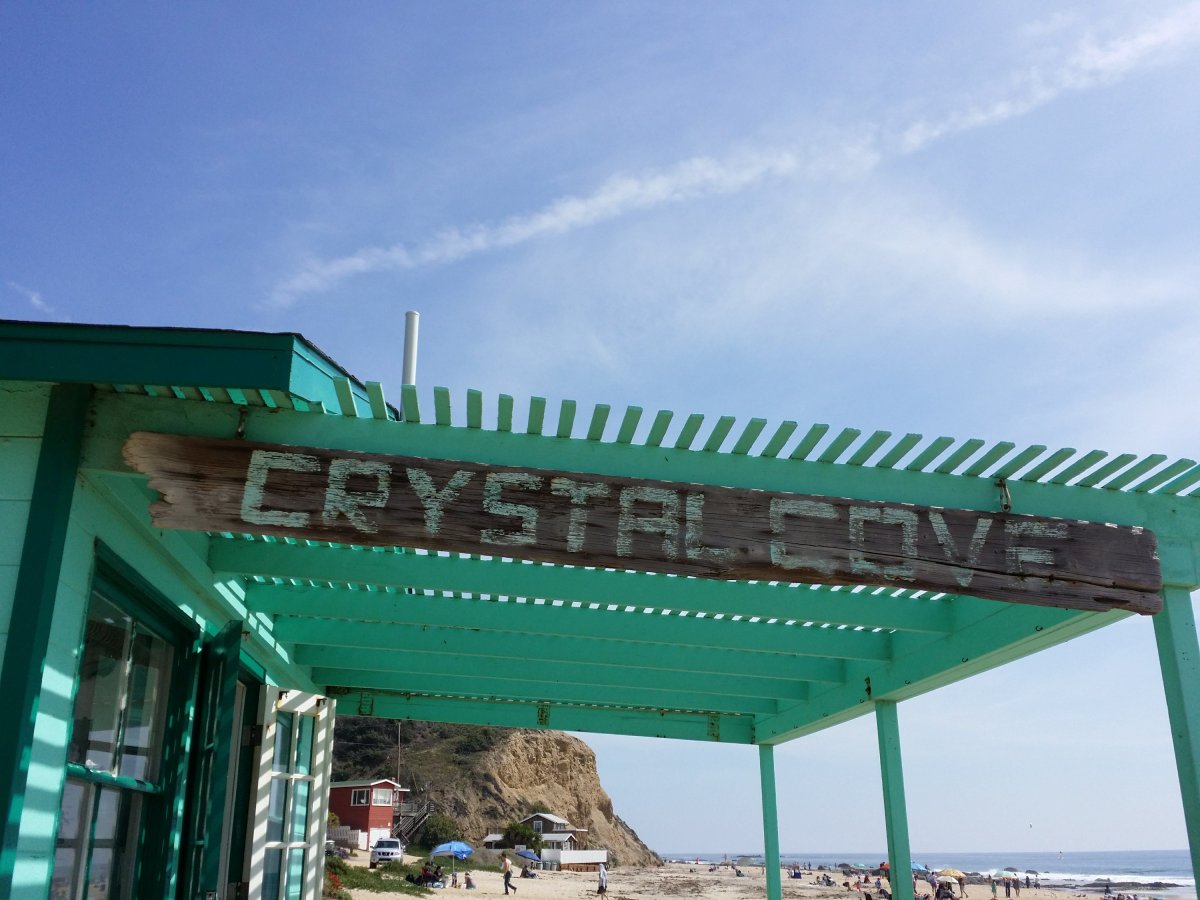When we think of entrepreneurship, we usually think of products to sell, direct services to provide, or some sort of liaison role. In a way, entrepreneurship incorporates each of these aspects, but is not limited to them. Sometimes entrepreneurship is more creative, educational, or foundational. Entrepreneurship is all about having market alertness, finding a need, and then fulfilling that need.
University of California Irvine ANTrepreneur program director, Ryan Foland, suggests people wanting to become entrepreneurs should find a need and solve that need. Foland’s advice for budding entrepreneurs is, “First, don’t look for an idea, look for a problem worth solving. Develop unique solutions and ideas with your customers in mind, then test your solution to make sure your customers want it. When you build your team, make sure to seek co-founders who share the same values as you. Expect to fail, always be learning, be humble, have fun, and don’t forget to enjoy the journey. Finally, never underestimate the value of your communication skills. You can have the best idea in the world, but if you can’t explain it in a succinct and compelling way, it no longer is the best idea in the world.”
In a rustic coffee shop by a snug fireplace, I sat with entrepreneur Jennifer Keil over hot chocolate to get more insight into her unique world of historians, museum curators, and exhibitors as entrepreneurs. Jennifer Keil is a public historian entrepreneur that specializes in processing archives, digitizing collections, and curating exhibitions. She and her sister, Cindy Keil, opened up their organization, 70° (Seventy Degrees), together to better manage and grow cultural institutions, while contextualizing the narratives for every project. One of their larger projects is currently establishing Orange County, California’s Moulton Museum.
Joshua Glawson: What is entrepreneurship to you? How did you get started?
Jennifer Keil: Entrepreneurship is creating a unique service. 70° offers a business-to-business partnership for historical consulting, and we offer community workshops. I want to engage with physical and digital audiences to provide primary sources to our communities.
I took a big leap into entrepreneurship. When I was in my BA program at University of California Irvine, my sister and I took some courses under Ryan Foland—who taught elements of entrepreneurship, future of technology, and its predicted integration—I was inspired to push myself as an entrepreneur; my sister and I both were. I wanted the freedom, independence, and the sense of pride and reward that comes with entrepreneurship. I also wanted a career that I would feel happy with while using my skills and talents.
JG: What is the day-to-day like in your field?
Jennifer: It is quite normal for people to bring their family artifacts and boxes of history, photos, letters, and wills, and think we can piece it all together within days. This just is not the case. We have three main goals as curators and historians:
- Archive
- Preserve
- Exhibit—we put collections into their hierarchical schema and design displays with these
With each of these steps there are several other steps and procedures, as well as logging into multiple sources. This entire process can take months for most projects.
JG: What are some things you’ve learned as an entrepreneur in your field?
Jennifer: It is a lot of fun, and although there is a lot to do I enjoy my work most days. Being a historian, I have learned a ton about our behind-the-scenes procedures, as well as the marketing of ideas. We are in a transitory period from a purely physical world to the Digital Age of logging and making museums and curated works available online. You’d be surprised by the travesty of the number of museums, universities, collections, and the like that are not yet available online. This gives 70° an advantage because we are trained and licensed in this intricate process, and we are able to fulfill this pressing market need.
JG: How have you overcome the hyper-politicization?
Jennifer: Within the museum space, curators and historians have the responsibility to present the past as fully to the public as possible, and to provide open-access information. They need to have digital access points for more details and perspectives. Simply displaying historical exhibitions is not enough. Transparency is important for historians, curators, etc.
As a historian, I completely understand the value of critical thinking, questioning authority, checks-and-balances, free thought, local and global perspectives, civil discourse, and building credibility. However, what comes as a shock for most people, is that there is no avoiding the politicization of museums and historical works.
Museums are political. Museums consist of political allies, advocacy groups, quaint communities, micro societies, government subsidies and funding, organizational influences, family or organization legal editing rights, etc.—meaning almost everything is political and censored to a degree. The best we can do as museum curators and historians is understand that while offering digital access points, such as with a QR code and links, for more details and perspectives. Always check for the sources, and ask for the primary resource.
JG: I once read that the diary of Anne Frank was edited, is that similar?
Jennifer: Yes, that is a famous case of family legal editing rights for publication purposes. The Anne Frank memoir is a good case study of historical editing. Her private diary was originally edited by Anne and her family as to not embarrass Anne or her family postmortem, as well as to help create the narrative of her book that we enjoy today.
In most prominent historical cases, there are usually multiple manuscripts available. If someone is interested in knowing a subject better, search for as many of the original copies as possible, and you will find the edits if the manuscripts are available. If an author wishes to make their manuscripts available for future historians and curators, many university libraries will accept them and log them for public access. For example, American author of the book Fahrenheit 451, Ray Bradbury, made all of his manuscripts available at California State University Fullerton.
JG: What do you envision the future of museums, curation, and historians will look like?
Jennifer: The future of museums, curation, and historians will be transparency with less censorship, via open digital access. Blockchain technology plays a large role in this being possible, as it logs and tracks the work in multiple secure places online. This helps preserve the pieces digitally in case the physical copies are destroyed, and if a website or two goes down, by providing verified backup copies. Various platforms consisting of traditional online resources, augmented reality, virtual reality, web-based apps, mobile apps, open-access archives and catalogs, and more.
Overall, this will make it easier for entrepreneurs in my field since these steps do not necessarily require being with the physical copies throughout the processes of archiving, preserving, and exhibiting. With there being so much work, specialization, and procedural steps, I imagine there will be significantly more emerging entrepreneurial historians, curators, and archivists.
https://freethepeople.org/interviewing-a-historian-entrepreneur-jennifer-keil/


